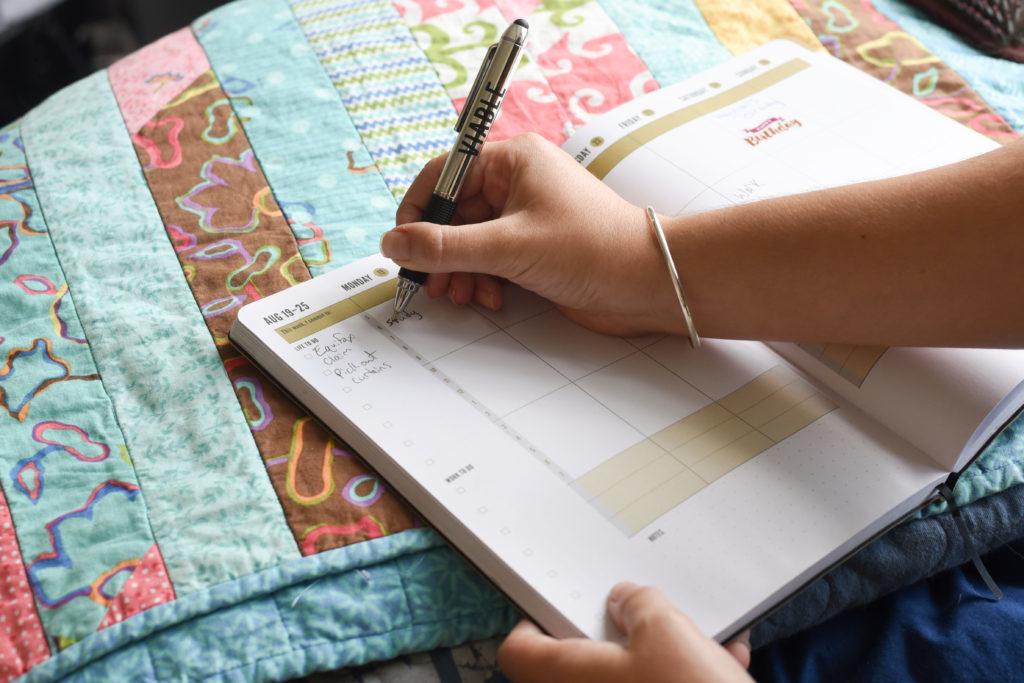Switching to academic mode after summer break can be challenging, especially when you’re more excited to reunite with friends than break open the books. But don’t wait until homework piles up and deadlines approach to seriously focus on classes. Read this tips to stay organized and prepared from your first week on campus to the end of the semester:
Meet with your academic adviser
You have some downtime during your first week of classes. Use it to ensure you’re taking all the right classes this semester.
Meeting with your adviser can ease stress about whether you’re on track to graduate. Even if you already met with an adviser freshman year, you should still check in periodically to ensure you are meeting course requirements for the academic year. Every student in the Columbian College of Arts and Sciences is assigned an individual adviser this year, so CCAS students should use the extra time during the first week to get to know their adviser and establish a relationship.
Advisers are trained to help students stay on track to graduate and shed light on the tools available for you to excel in your studies, including tutors and degree planning sheets. But you can also use them for advice on how to manage classes when you’re feeling overwhelmed.
Manage your time
You may have found the perfect planner with spacious calendars and check boxes, but don’t shove it to the bottom of your backpack after the first week.
Continuing to use your planner can save you from missing deadlines and limit the anxiety of a busy schedule. Whether you use a physical pen and paper planner or a digital calendar, having assignments written down will help you hold yourself accountable.
If writing in a planner will help you stay on track, stick to it. If you’re not into writing things down, try using your Google Calendar to set reminders about upcoming events or meetings so you never miss a beat. For those glued to their desk during the academic year, write each assignment or meeting on a sticky note and place it on your workspace. It’s hard to forget a to-do item when it’s staring you in the face.
Read first, party second
Class readings may seem optional – especially if your professor doesn’t periodically quiz you on the material – but most exam content is pulled directly from your class readings. You paid for the textbook, so put it to good use.
Although midterms seem far away, getting your first readings done during syllabus week while you have some extra free time will help set you on track for the rest of the semester. It’s easy to slack off on readings, but if you make them a part of your routine right off the bat, you won’t be sorry. You could create a Google spreadsheet with all of the readings on the syllabus at the beginning of the semester. Then, add a few bullet points about each reading to the spreadsheet once you’ve completed each assignment.
Get to know your professor and their teaching style
It’s the advice you always hear, but never act on: Go to office hours.
In some classes, you can exert all of your effort and still fall short of the grade you want. Get to know your professor early in the semester and pay attention to their teaching style. Meeting a professor in a more individualized setting can help you learn specific things they may be looking for in an assignment, like writing style or questions on a test.
Establishing a face-to-face relationship with your professor can also help you understand nuances in topics you didn’t pick up on in the lecture and demonstrate to the professor that you care about their class, even if you don’t. But don’t wait until the last week of classes to visit your professor. Let them know you’re committed to the class early on, and you’ll be set for the semester.








